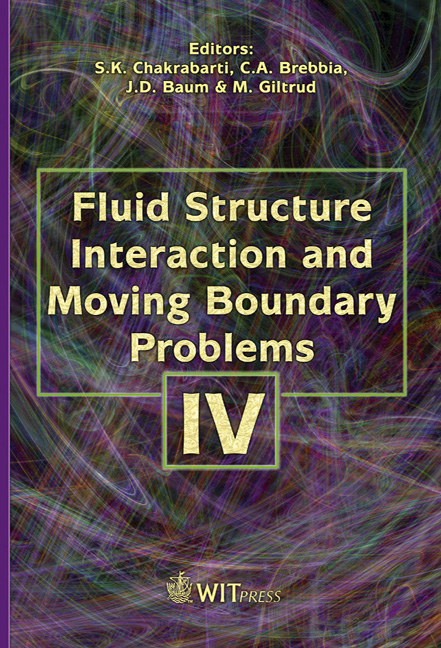Development Of SCR VIV In A Changing Flow Field
Price
Free (open access)
Transaction
Volume
92
Pages
10
Published
2007
Size
3,312 kb
Paper DOI
10.2495/FSI070081
Copyright
WIT Press
Author(s)
J. M. Niedzwecki & G. Moe
Abstract
The vortex induced vibrations targeted in laboratory model testing programs or the vortex induced motions observed in many offshore systems remain a subject of considerable interest and practical importance. In this study the role of a varying flow field observed in the towing of a steel catenary riser model on the analysis of the measured flow induced vibration phenomena is investigated. More specifically, in this study the variation of the current flow field that begins at or near zero and increases to a plateau level for the majority of the test run before tapering off to near zero flow conditions is analyzed. A transformation of the bi-axial data from Cartesian to Polar coordinates is used as a basis for interpreting the measurements. By investigating the response of the SCR model during the flow transition regions together with the region where the response behaviour appears to be somewhat stabilized, one may gain some insight into this complex response phenomena and the implications of truncating time series records in the process of analyses. Keywords: SCR, catenary riser, model test, Polar coordinate system, autospectral analysis, Weibull distribution. 1 Introduction As a whole, the offshore community has directed a great deal of attention upon developing a better understanding of vortex induced vibrations (VIV) of slender bodies and the vortex induced motions (VIM) of deepwater platforms [1–4]. Steel catenary risers (SCRs) have become an increasingly important component in the operation of an increasing number of offshore activities. Consequently,
Keywords
SCR, catenary riser, model test, Polar coordinate system, autospectral analysis, Weibull distribution.





